Reviewed by Corey Noles
Apple's 2025 iPhone lineup is shaping up to deliver the biggest design shake-up since the iPhone X, but here's the thing: it's probably going to hit your wallet harder than expected. Apple is planning four distinct models this year, ditching the Plus entirely and introducing an ultra-slim "Air" variant that could redefine what we expect from smartphone design.
What you need to know: • Four new models replace the traditional Plus with an ultra-thin Air variant • All models finally get 120Hz displays, ending Apple's Pro-only restriction
• Tariff pressures could push prices up $100+ across the lineup • Pro models return to aluminum frames with bold new color options • Biggest camera upgrades in years, including 48MP sensors across Pro models
With Counterpoint Research predicting price increases due to tariff pressures and supply chain costs climbing, the iPhone 17 series represents both Apple's most ambitious hardware leap and potentially its priciest gamble yet.
What's actually new across the iPhone 17 family
The iPhone 17 lineup breaks Apple's usual pattern with four distinct models: the base iPhone 17, the ultra-thin iPhone 17 Air, and the Pro duo. MacRumors reports that the standard iPhone 17 jumps to a larger 6.3-inch display, matching the Pro size for the first time. The real eye-catcher is the iPhone 17 Air, measuring just 5.5mm thick at its thinnest point according to analyst Ming-Chi Kuo—that's nearly 2mm thinner than current Pro models.
The most democratizing change? All four models finally get 120Hz ProMotion displays, ending Apple's artificial division between standard and Pro refresh rates. This means smoother scrolling and better battery efficiency across the entire lineup, not just for customers willing to pay Pro prices.
The Pro models are switching back to aluminum frames after years of titanium, with TrendForce noting this enables bolder color options including rumored Orange and Dark Blue variants. Launch timing remains consistent with Apple's traditional September schedule, with pre-orders expected September 12 and availability September 19.
Pro models get the treatment they deserve
The iPhone 17 Pro and Pro Max are finally getting upgrades that justify their premium pricing beyond just camera bumps. Multiple sources confirm both models will pack 12GB of RAM—a 50% increase from current 8GB configurations—ensuring Apple Intelligence runs smoothly while handling demanding multitasking scenarios that would strain current models.
PRO TIP: That RAM boost isn't just about bigger numbers—it's specifically designed to handle Apple's AI workloads that currently slow down on older hardware during complex tasks like real-time photo editing or multilingual translation.
The camera system receives its biggest overhaul in years, with all three rear cameras now sporting 48MP sensors, including an upgraded telephoto lens that jumps from 12MP to 48MP. This creates consistent image quality across all focal lengths—no more noticeable quality drops when switching between lenses during video recording.
Apple's A19 Pro chip built on TSMC's refined 3nm process delivers expected performance gains while enabling new computational photography features that leverage those upgraded sensors. The front-facing camera doubles in resolution to 24MP across all models, finally addressing one of the iPhone's longest-standing weak points compared to Android flagships.
Battery improvements extend beyond just capacity increases. The iPhone 17 Pro Max sports a 5,000mAh capacity—the highest ever in an iPhone—while new 45W MagSafe hardware could finally make wireless charging a viable daily solution rather than an overnight convenience.
Why the iPhone 17 Air changes everything
Think of the iPhone 17 Air as Apple's answer to every Galaxy Fold owner who winced at that thickness while proving that radical hardware innovation doesn't require folding screens. At 5.5mm thin and weighing just 145 grams, it's engineering marvel territory that makes current "thin" phones look chunky in comparison.
But sacrifices come with the territory, and Apple isn't hiding them. The Air gets a single 48MP rear camera instead of the multi-lens systems on other models, relying heavily on computational photography to fill the gaps. This isn't necessarily a dealbreaker—Google's proven that software can compensate for hardware limitations—but it represents a clear trade-off for that ultra-slim profile.
What makes the Air's compromises different from previous thin device attempts? Apple's new silicon-anode battery technology promises better energy density in smaller packages, while the Air debuts Apple's custom 5G modem, finally reducing dependence on Qualcomm chips. The design reportedly eliminates the physical SIM tray entirely, pushing eSIM adoption even further while contributing to that impossibly thin profile.
The question isn't whether the Air is impressive—it clearly is. The question is whether consumers will pay premium prices for a device that prioritizes form over photographic function. With rumored pricing around $1,299, that's a $500 premium over the base model for a thinner chassis and single camera. Cool, but potentially not $500-cool if you're someone who actually uses your phone's camera system.
Pricing reality: prepare for sticker shock
Here's where things get uncomfortable for your wallet, and external pressures are giving Apple cover for changes they might have made anyway. Samsung Securities Research predicts Apple will finally raise iPhone prices after holding steady for several years, with tariff pressures providing a convenient explanation for increases that market dynamics were already suggesting.
Counterpoint Research has slashed smartphone market growth forecasts from 4.2% to just 1.9%, citing expected price increases from tariffs that could add $100 or more per device. But the broader context shows Apple in a surprisingly strong position: Pro models now represent over half of iPhone sales in key markets like China, demonstrating that consumers are already gravitating toward higher-priced options.
This demand shift suggests Apple has room to push prices higher across the lineup. The base iPhone 17 could start at $849 instead of the current $799, while the iPhone 17 Air might command that premium $1,299 price point—more expensive than the Pro Max despite fewer features. Pro models could see even steeper jumps, with scenarios suggesting the iPhone 17 Pro Max potentially starting at $1,399 with 256GB base storage to maintain premium positioning.
The pricing story becomes more complex when you consider what consumers are actually buying. Industry watchers note that the popularity of Pro models gives Apple confidence that customers will absorb price increases for genuinely improved features rather than incremental upgrades.
What it means for your next upgrade
If you're holding an iPhone 14 Pro or newer, the iPhone 17 series offers compelling but not essential upgrades that depend heavily on your priorities. The jump to 120Hz displays across all models eliminates one of the biggest reasons to go Pro, while the improved cameras and faster charging benefit everyone regardless of which model you choose.
The real transformation comes for users still rocking an iPhone 13 or older. These devices will see generational improvements in everything from battery life to photography capabilities, plus access to Apple Intelligence features that simply weren't possible on older hardware.
Don't Miss: The iPhone 17 Air presents the most interesting upgrade dilemma. It's genuinely innovative design at a premium price, but with meaningful compromises in camera versatility and potentially battery life. Early reports suggest Apple's AI-powered battery management could help offset some capacity concerns, but real-world performance testing will be crucial for anyone considering the Air over Pro models.
For power users, the Pro models deliver the generational leap they've been waiting for. The combination of 12GB RAM, upgraded cameras across all focal lengths, and improved cooling systems addresses longstanding complaints about Apple's flagship positioning. The return to aluminum frames might seem like a step backward, but it enables color options and potentially better heat dissipation—practical benefits that outweigh titanium's premium feel.
The upgrade decision ultimately comes down to whether you value cutting-edge design (Air), comprehensive camera systems (Pro), or cost-effective modern features (base iPhone 17). Just prepare for the sticker shock that comes with Apple's most ambitious hardware refresh in years, especially if tariff pressures materialize as predicted.




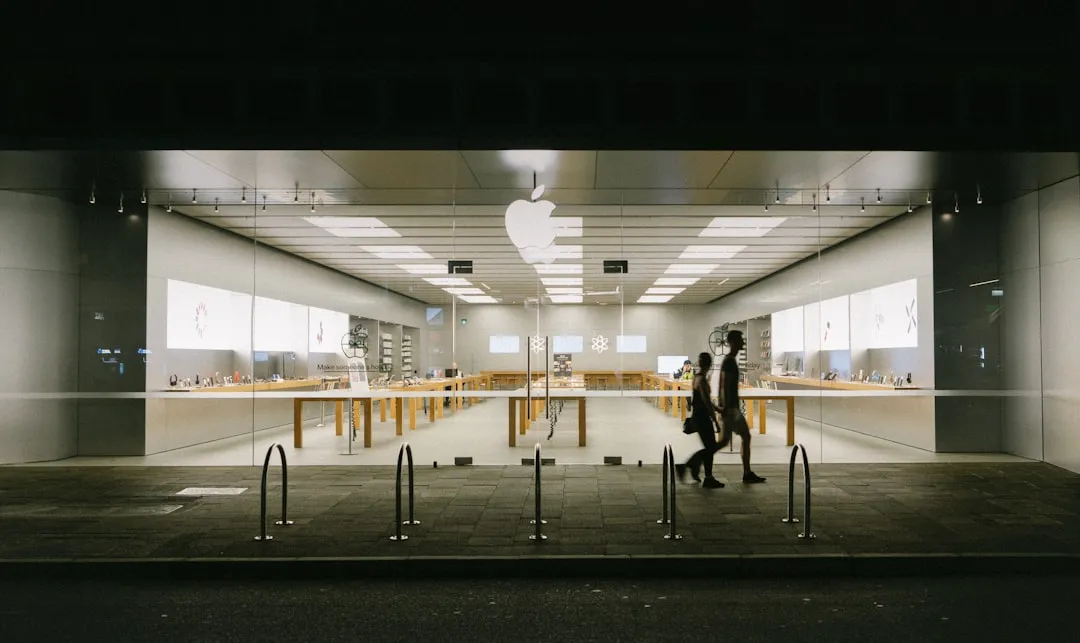
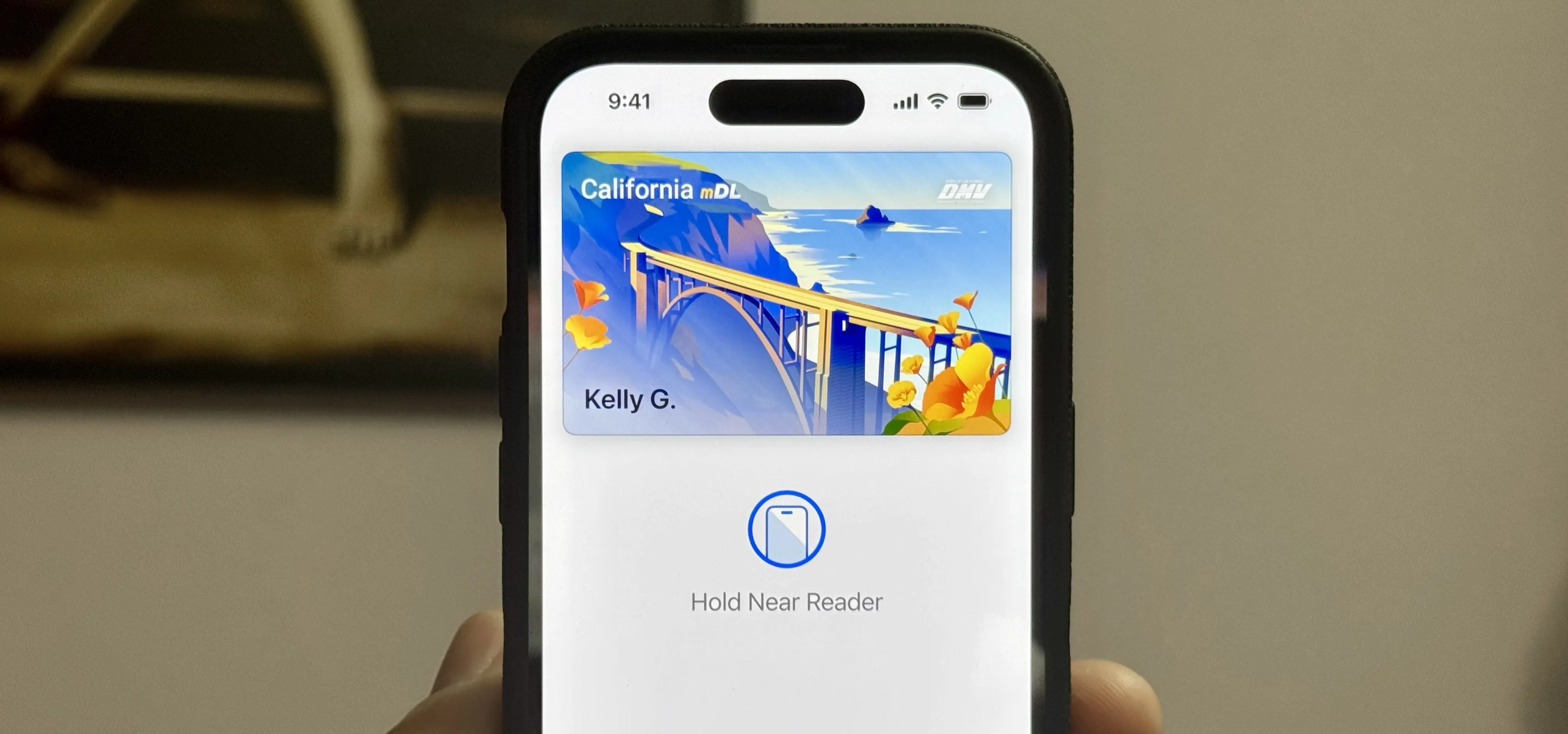
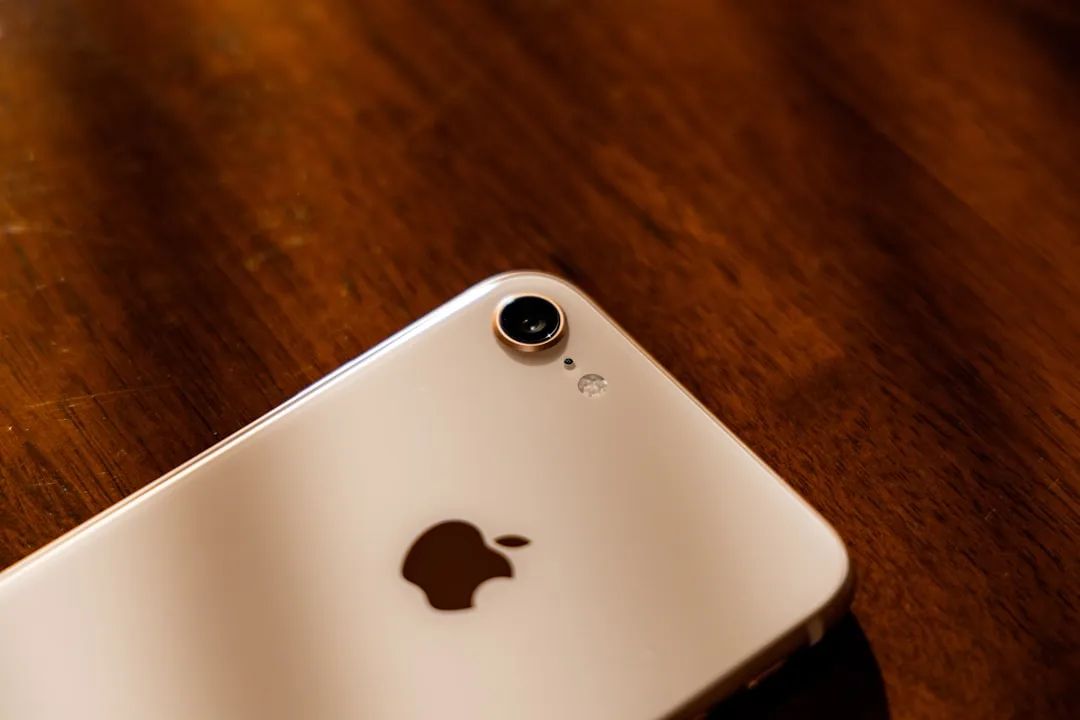
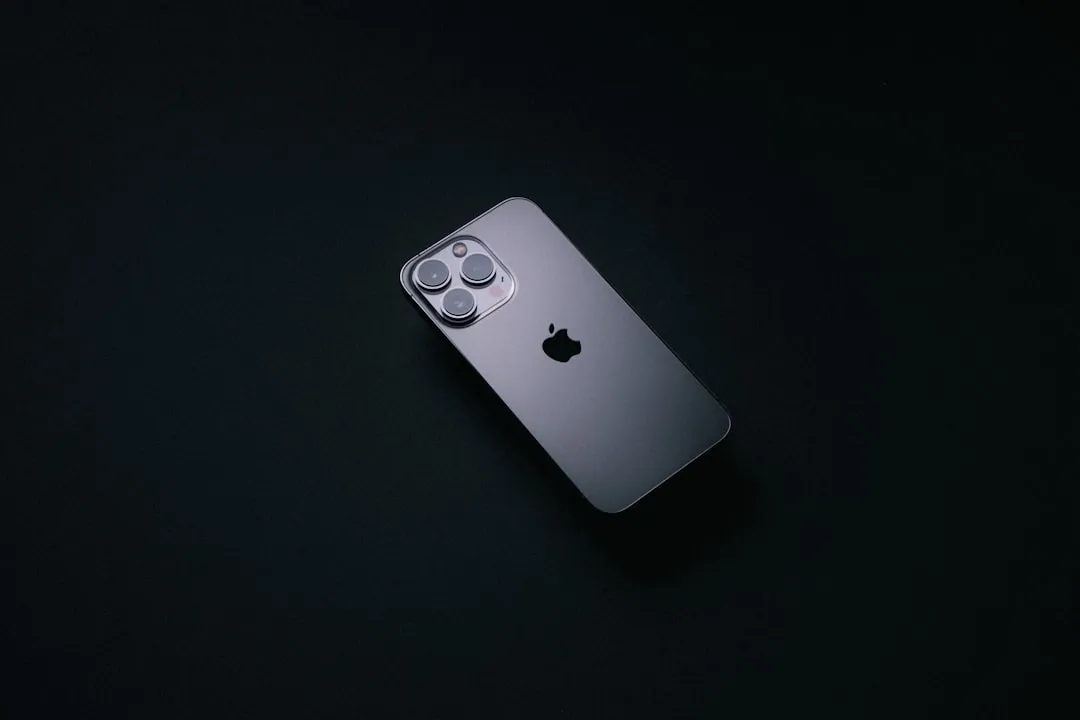
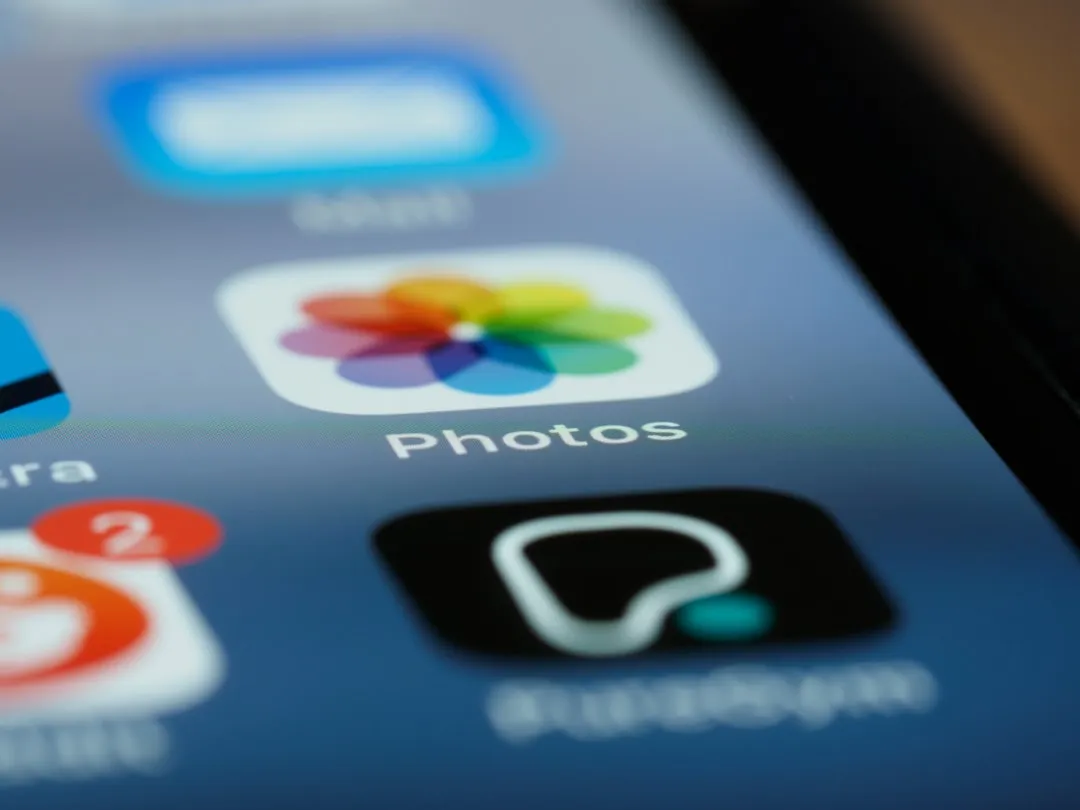
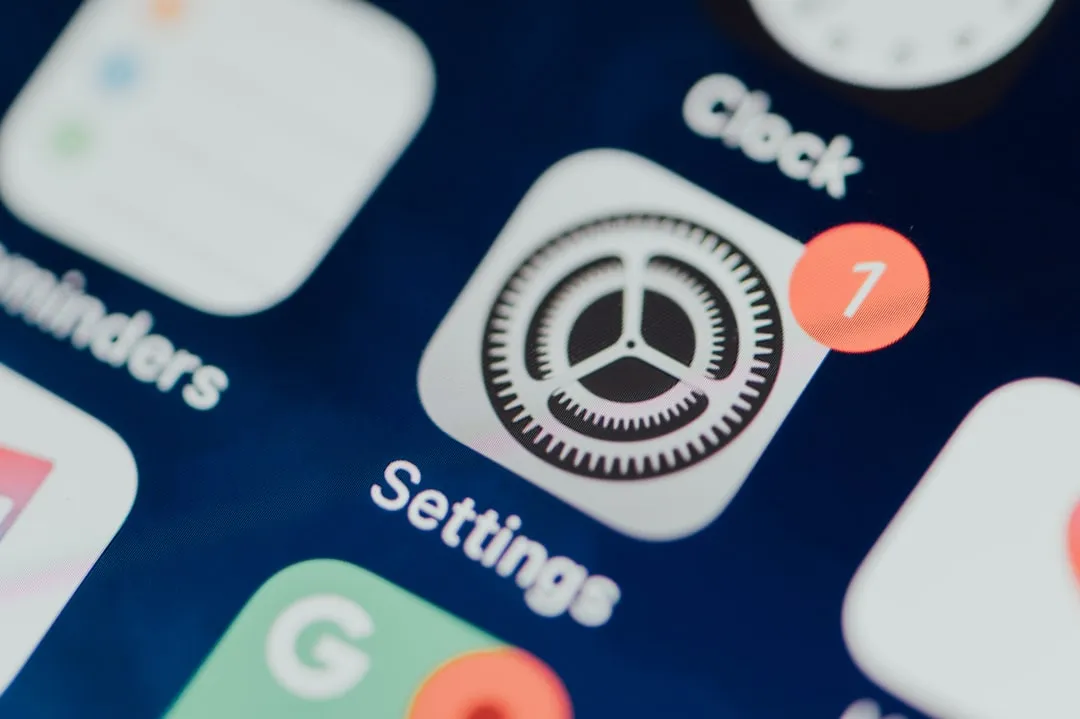
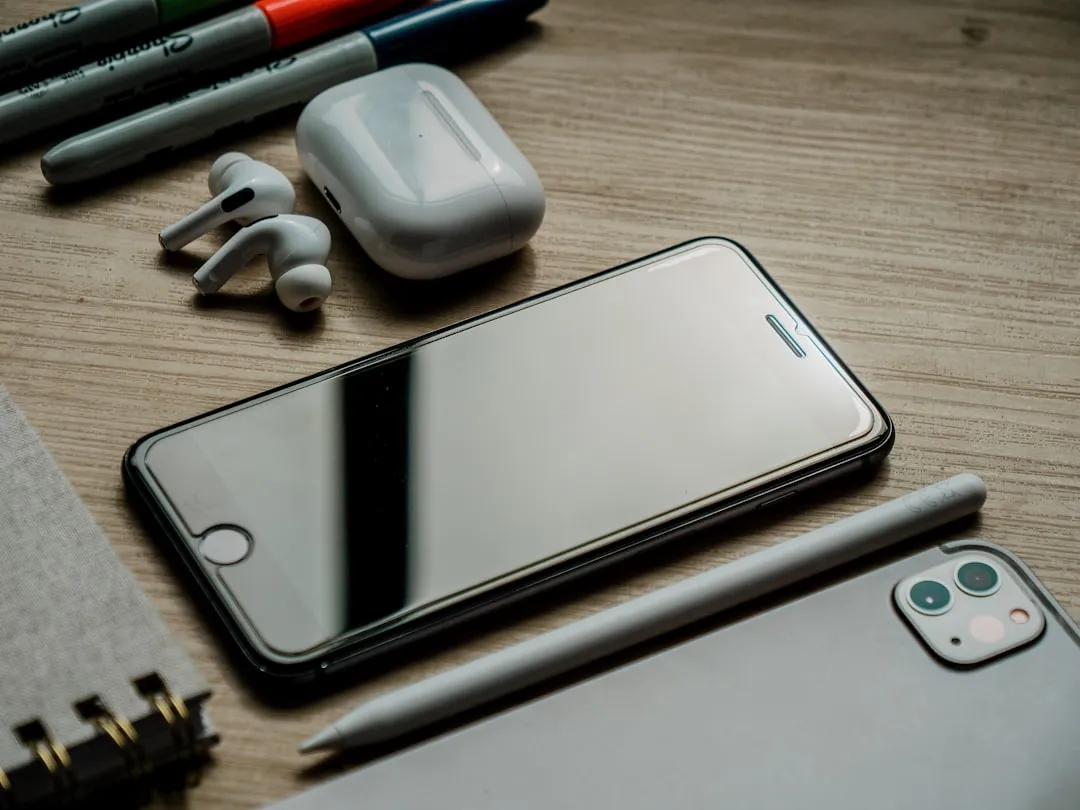

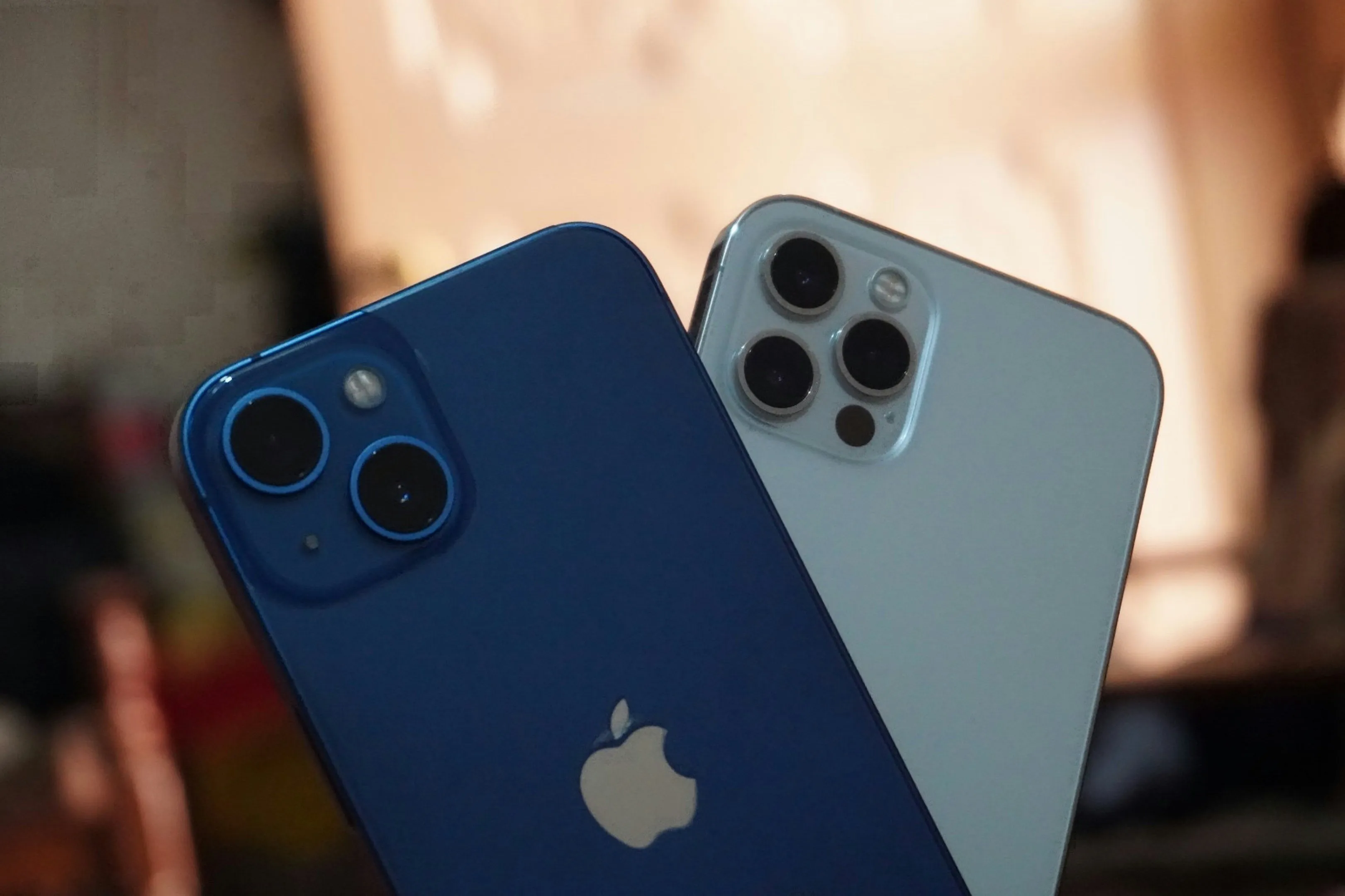

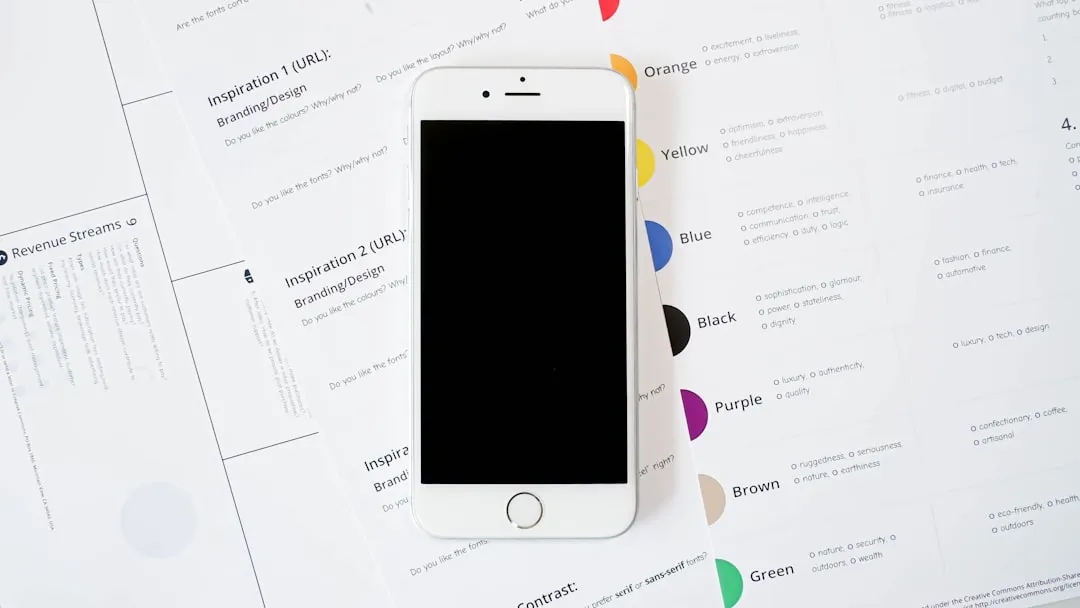
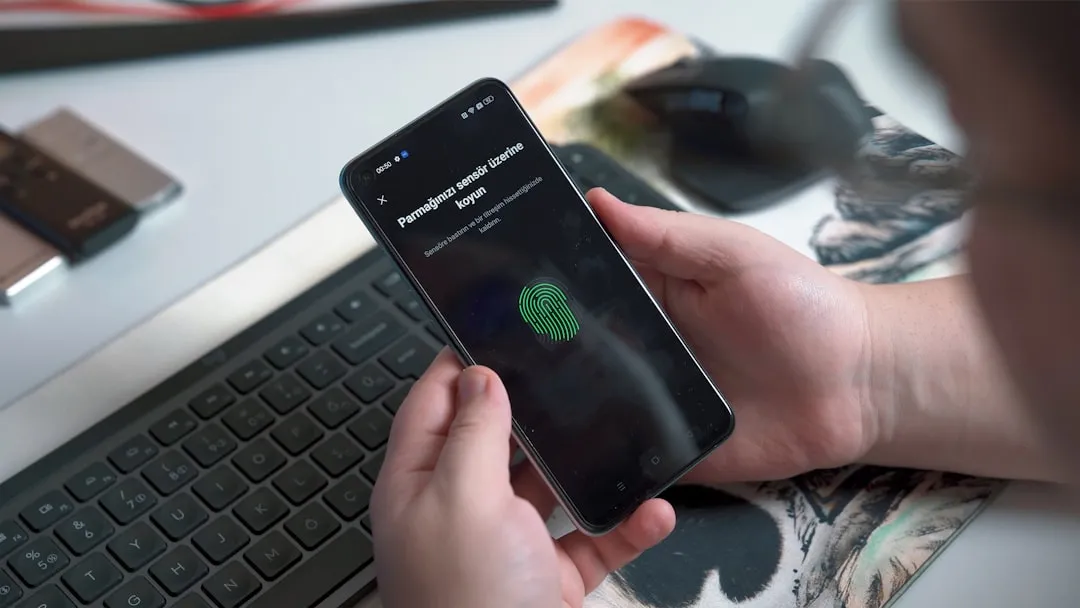
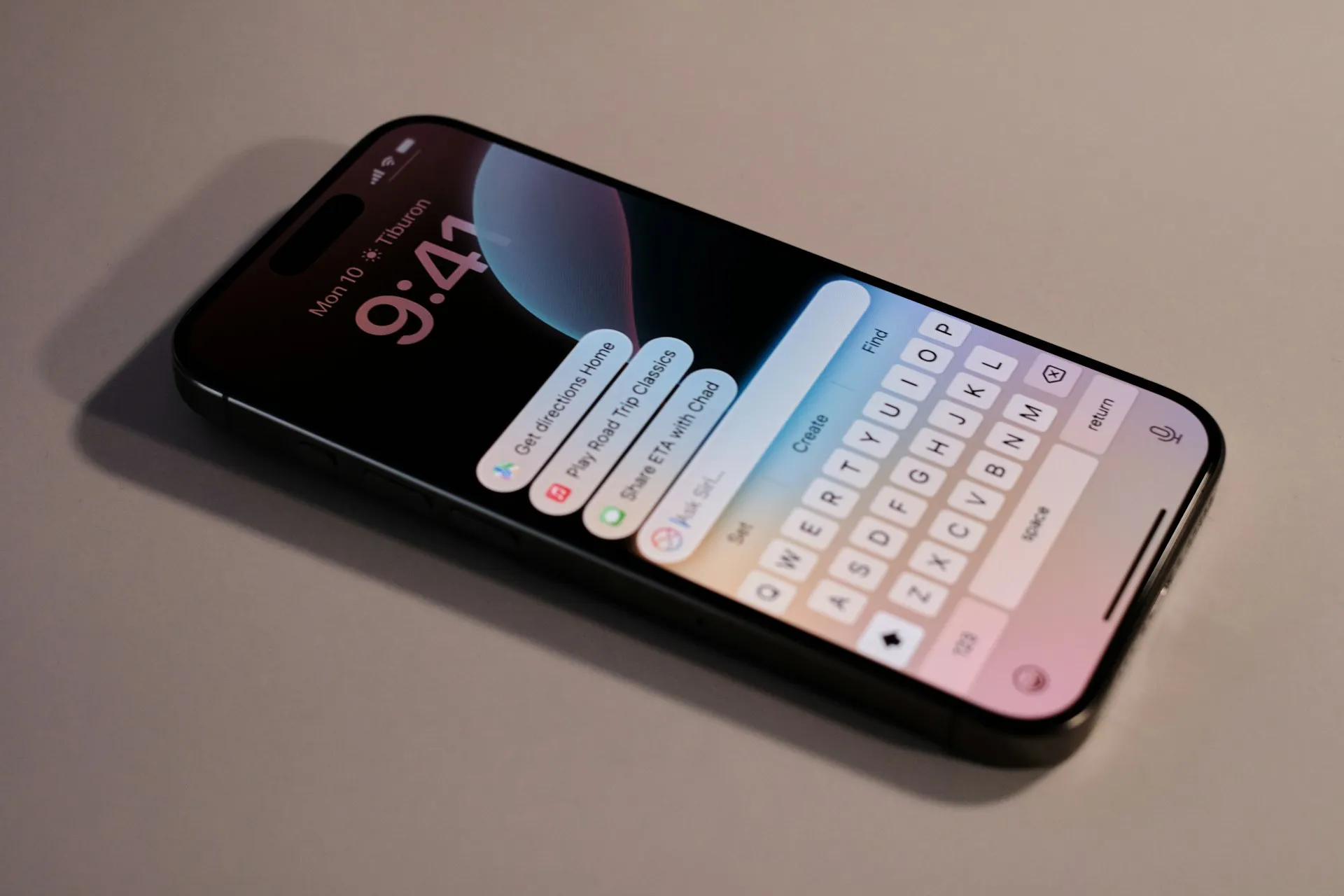

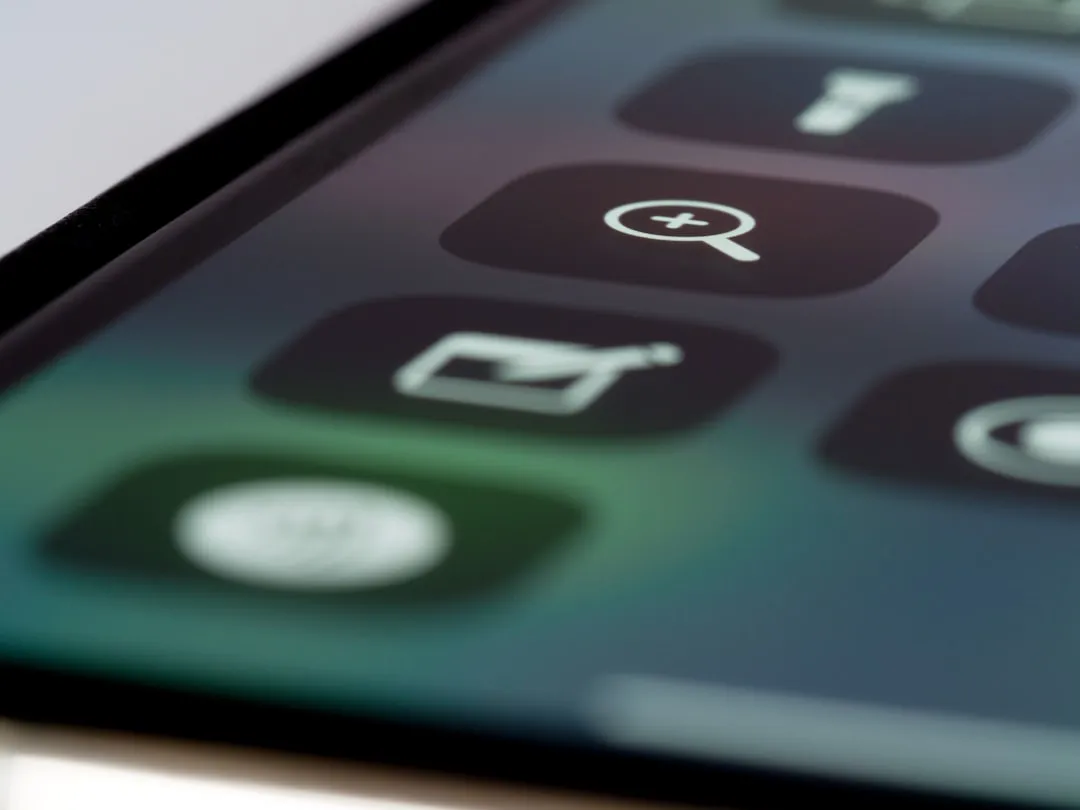
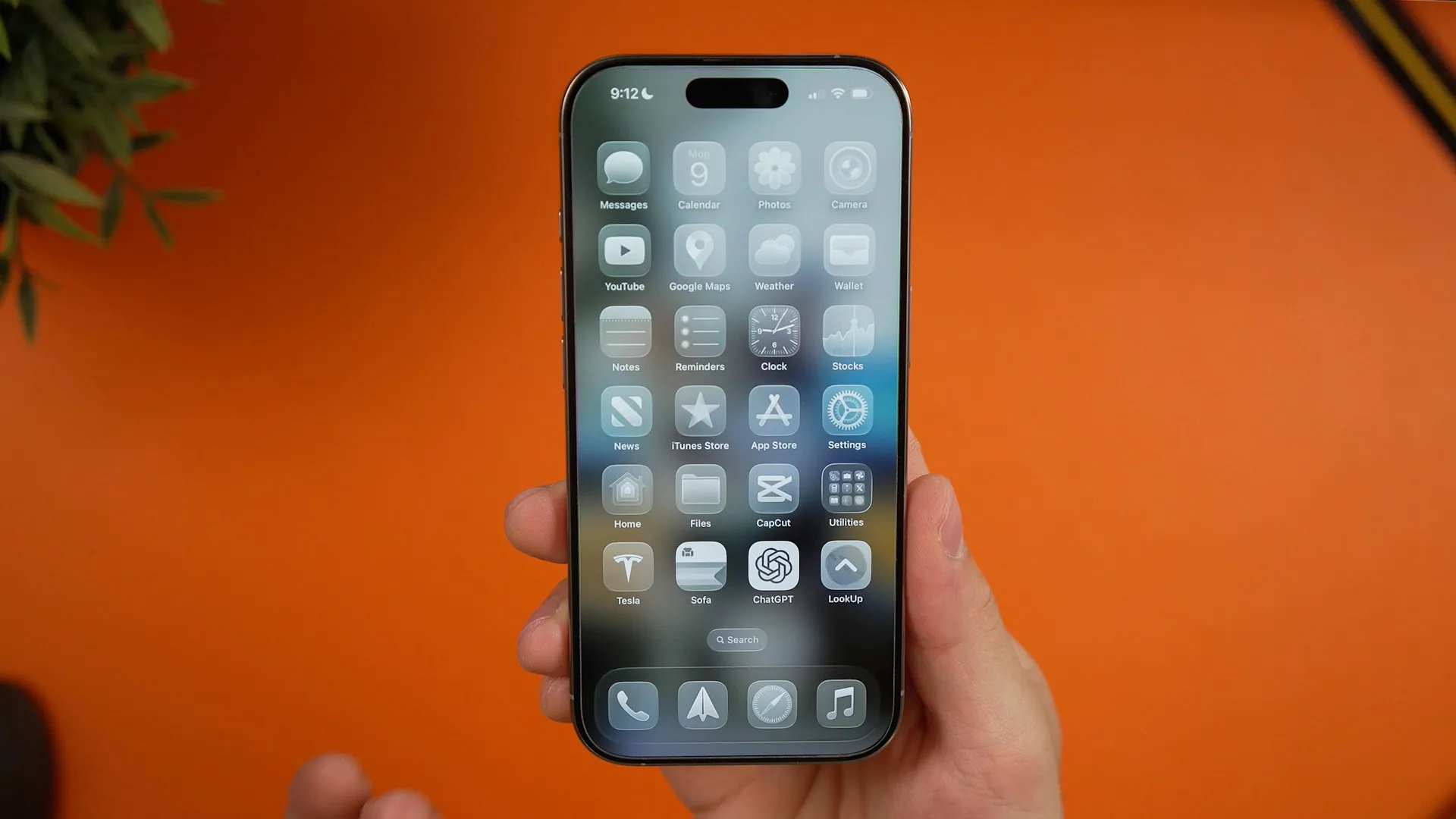
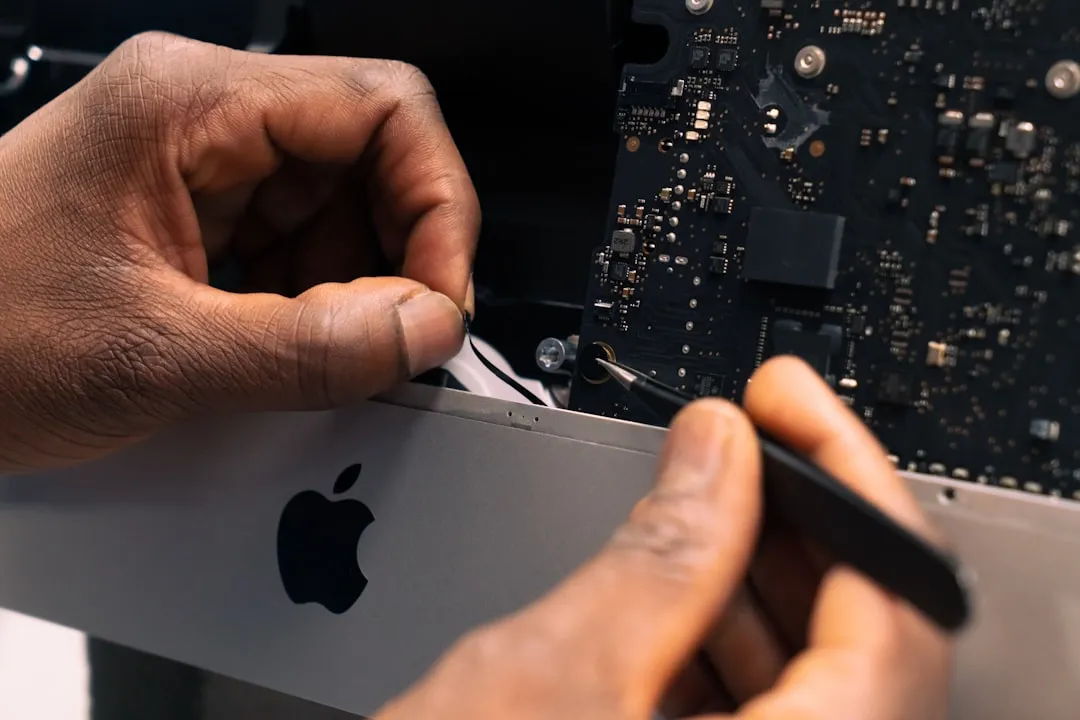
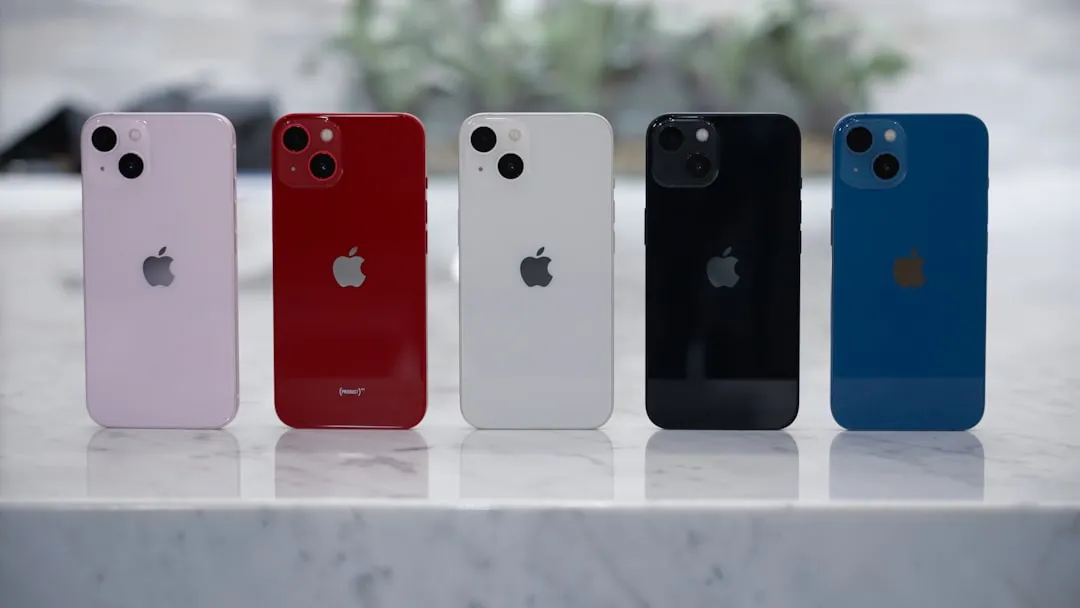
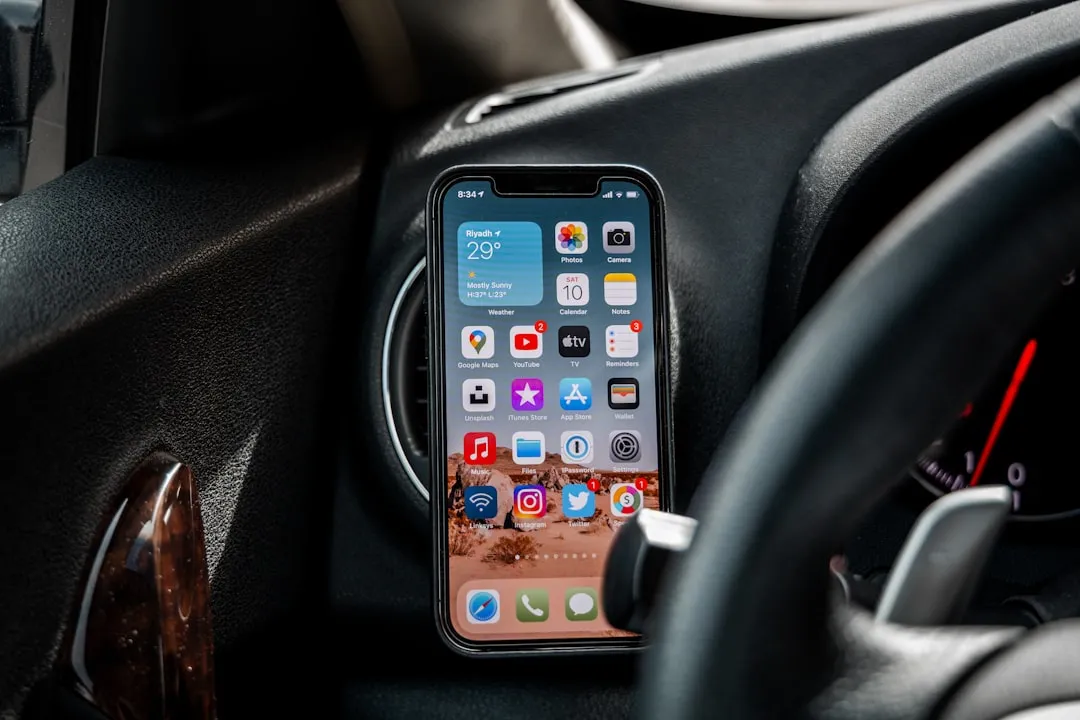


Comments
Be the first, drop a comment!